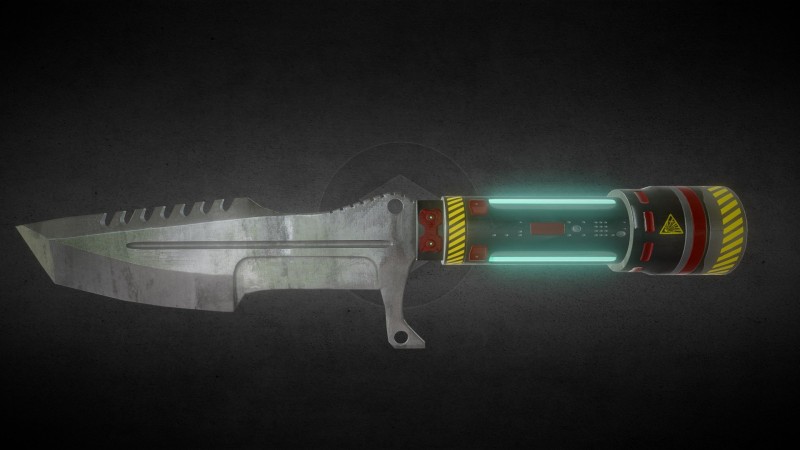
In this comprehensive guide, we will walk you through the art of knife throwing and precision targeting, providing you with all the necessary knowledge and techniques to become a skilled and accurate knife thrower. Whether you are a beginner or looking to refine your existing skills, we've got you covered. Our expert team has compiled the best tips, tricks, and safety precautions to help you master this impressive skill.
Understanding the Basics of Knife Throwing
Before delving into the intricacies of knife throwing, it is essential to understand the basics. Knife throwing is an ancient art that requires precision, patience, and practice. The goal is to hit a target accurately using a rotating knife, ensuring it sticks firmly upon impact. This skill has been showcased in various performances, competitions, and even survival scenarios.
Selecting the Right Throwing Knives
The first step towards mastering knife throwing is choosing the appropriate throwing knives. There are various types of throwing knives available, each designed for specific purposes. Weight, length, and balance are crucial factors to consider when selecting the right knife for you. Heavier knives offer better stability during flight, while lighter ones provide more speed.
Grip and Stance: The Foundation of Accuracy
A proper grip and stance are the foundation of accurate knife throwing. Grip the knife with a firm but not overly tight grip, ensuring it doesn't slip during the throw. Your throwing hand should be positioned slightly above the center of gravity of the knife, and your index finger should rest against the blade's spine.
Your stance plays a vital role in maintaining balance and control during the throw. Stand with your dominant foot forward, shoulder-width apart. Distribute your weight evenly and keep your body relaxed to achieve a fluid motion during the throw.
Mastering the Three Basic Throws
There are three primary knife throwing techniques: the spin throw, the no-spin throw, and the half-spin throw. Each method has its advantages and suits different situations.
Understanding Distance and Targeting
The distance between you and the target greatly influences the success of your throw. As a beginner, start practicing from a relatively short distance and gradually increase it as you improve. Consistent practice at various distances will help you adapt to different scenarios and become a well-rounded knife thrower.
Choosing the right target is also crucial. Begin with larger targets, such as hay bales or foam boards, before moving on to smaller and more challenging ones. Targets with clearly marked bullseyes help you gauge your progress and adjust your technique accordingly.
Safety Precautions for Knife Throwing
Safety should always be your top priority when practicing knife throwing. Follow these essential safety precautions to ensure a risk-free experience:
Developing Consistency through Practice
As with any skill, practice is the key to improvement. Set aside dedicated practice sessions and stay consistent in your efforts. Tracking your progress and identifying areas for improvement will help you focus on refining your technique and achieving greater accuracy.
Joining Knife Throwing Communities and Competitions
Engaging with knife throwing communities and participating in competitions can significantly enhance your skills. The exchange of knowledge, tips, and experiences with fellow enthusiasts can provide valuable insights and motivation.
Mastering the art of knife throwing and precision targeting is a challenging yet rewarding endeavor. Remember, practice, patience, and safety are essential elements of becoming a proficient knife thrower. Now that you have a comprehensive understanding of the basics, techniques, and safety measures, it's time to embark on your journey towards becoming a skilled knife thrower.